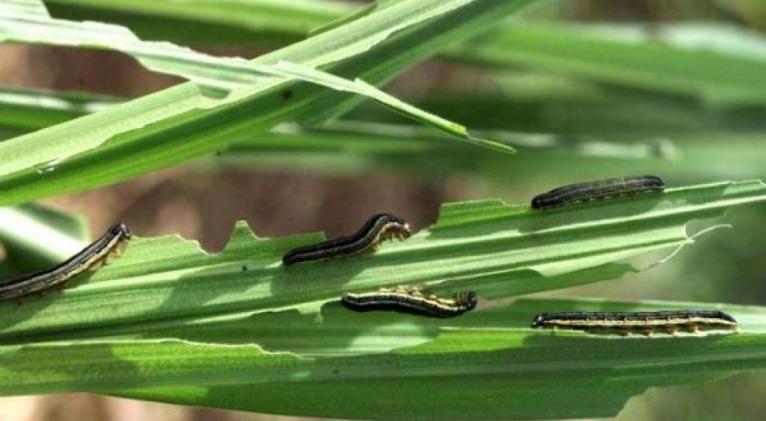Caterpillars Threaten Food Security of 300 Million Africans
especiales

About 300 million Africans could be at risk from the effects of the caterpillar as well as agricultural industries being somewhat hinged on how the pest problem is addressed.
Experts, and the Food and Agricultural Organization (FAO), warned that the infestation of the crop-destroying fall armyworm caterpillars paired with unpredictable weather conditions could severely threaten food security across the African continent.
RELATED: 1st in Africa, Burkina Faso OKs Release of Modified Mosquitoes
A 2017 Centre for Agriculture and Biosciences International (CABI) research found that the caterpillar could cut crop yields by up to 60%, costing 10 of Africa's major maize-producing economies US$2.2bn to US$5.5bn annually in lost harvests.
“Rainfall is not very reliable anymore so when you get a combination of a little drought and the fall armyworm you are going to be talking about no food at all," director general of development at CABI, Dennis Rangi, said.
"The fall armyworm does not feed on maize alone. It will be able to jump to other crops, which means it will devour any other green thing that is out in the field." The insect - which was discovered in Africa, in 2016 - has spread from 28 countries, last year, to 44.
Rangi explained that about 300 million people across Africa could be at risk from the effects of the caterpillar, adding that the continent's agricultural industry was somewhat hinged on how the pest problem is addressed.
"Forcefully removing this invasive species cannot be overlooked if we desire this agricultural transformation we are talking about.
The fall armyworm, which was first spotted in Nigeria and Togo has also damaged crops across the region from South Africa to Ghana, eating maize, wheat, millet and rice. They also attack cotton, soybean, potato and tobacco fields.
The CABI official also stated that globalization is responsible for the spread of the pest, which is believed to have come from South America.
The pest has recently been reported in Thanjavur district in India.
“The pest was found in a maize field in Nainankulam in Pattukkottai taluk,” an official from the Agriculture department told the Express.













Add new comment